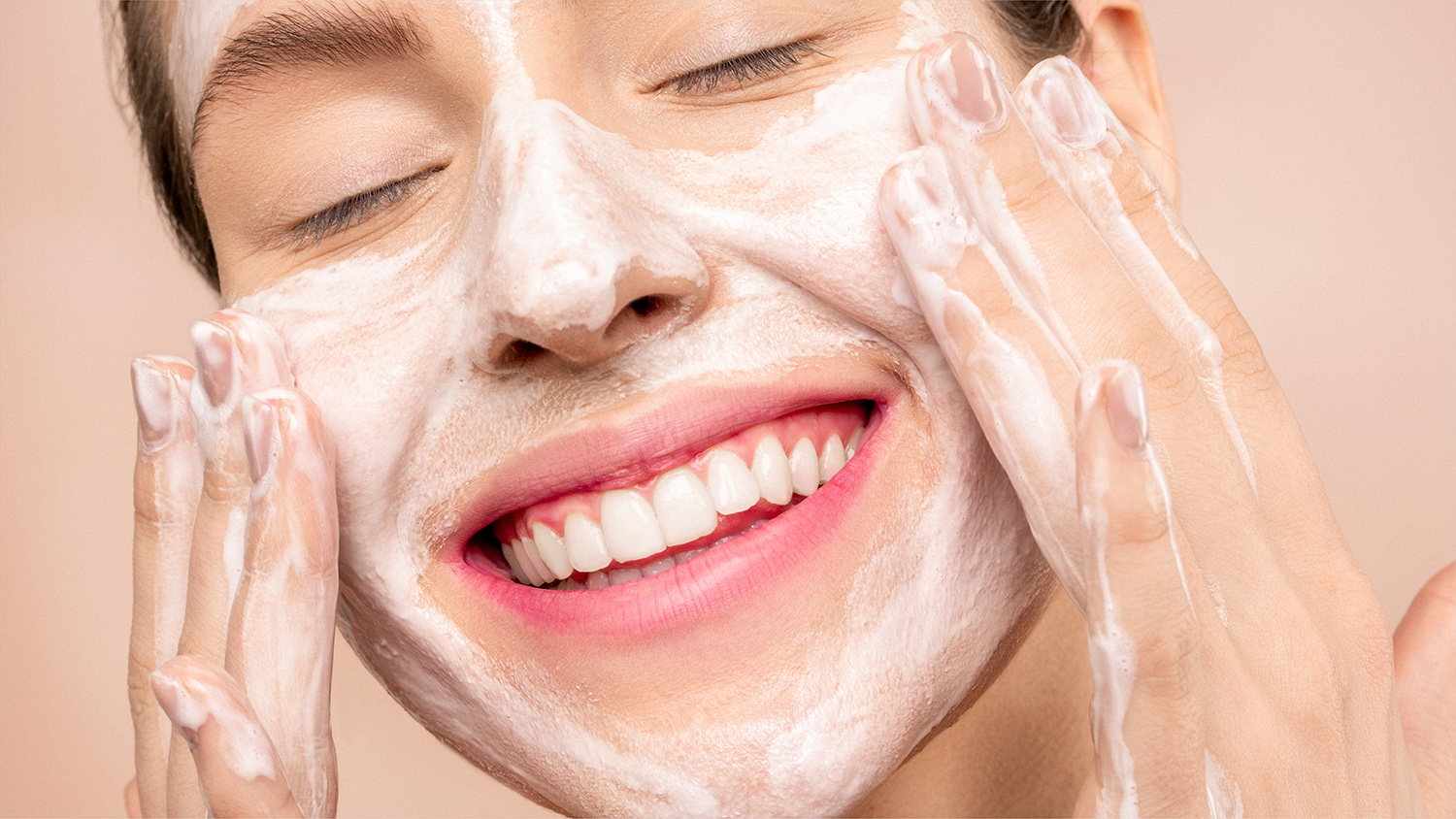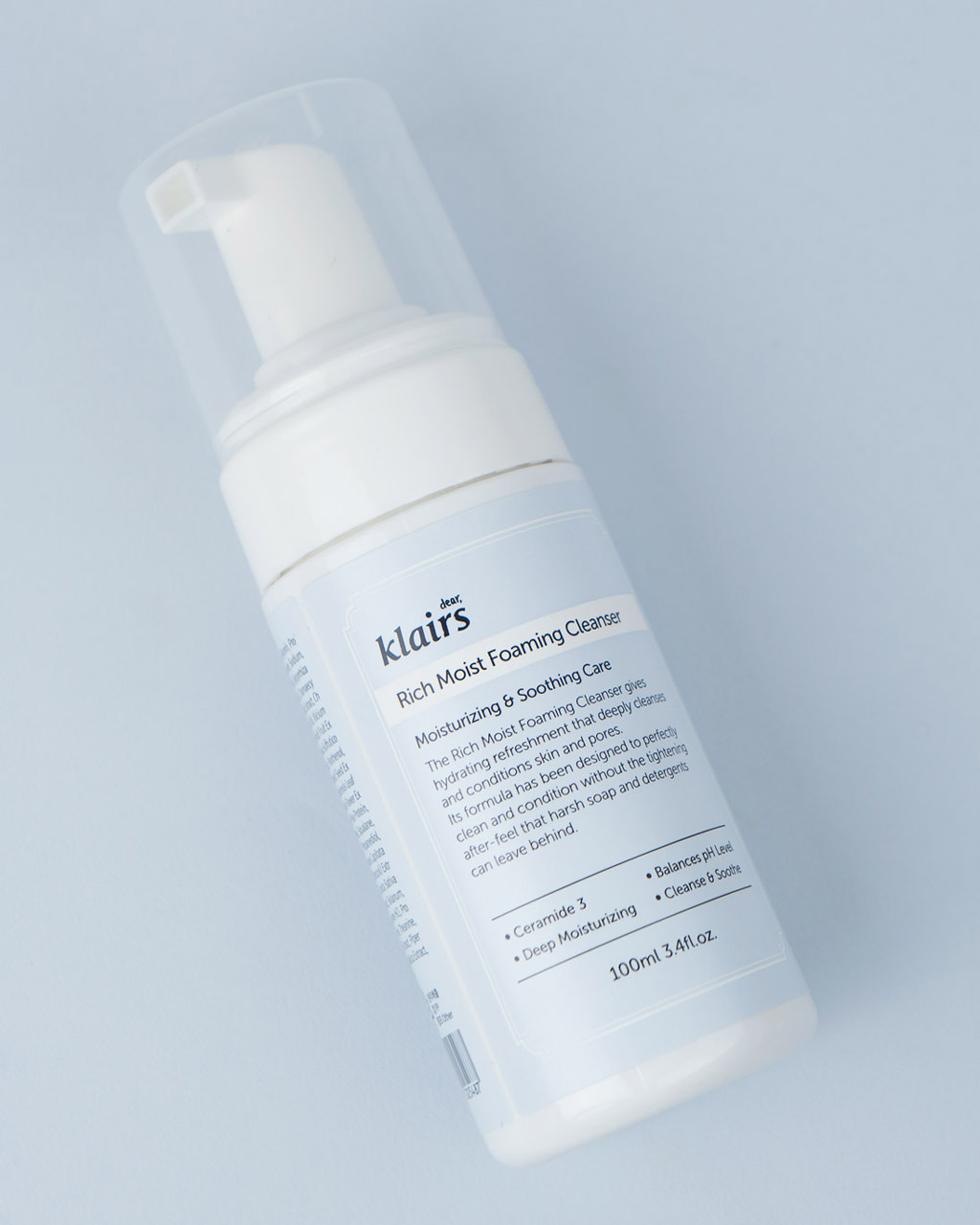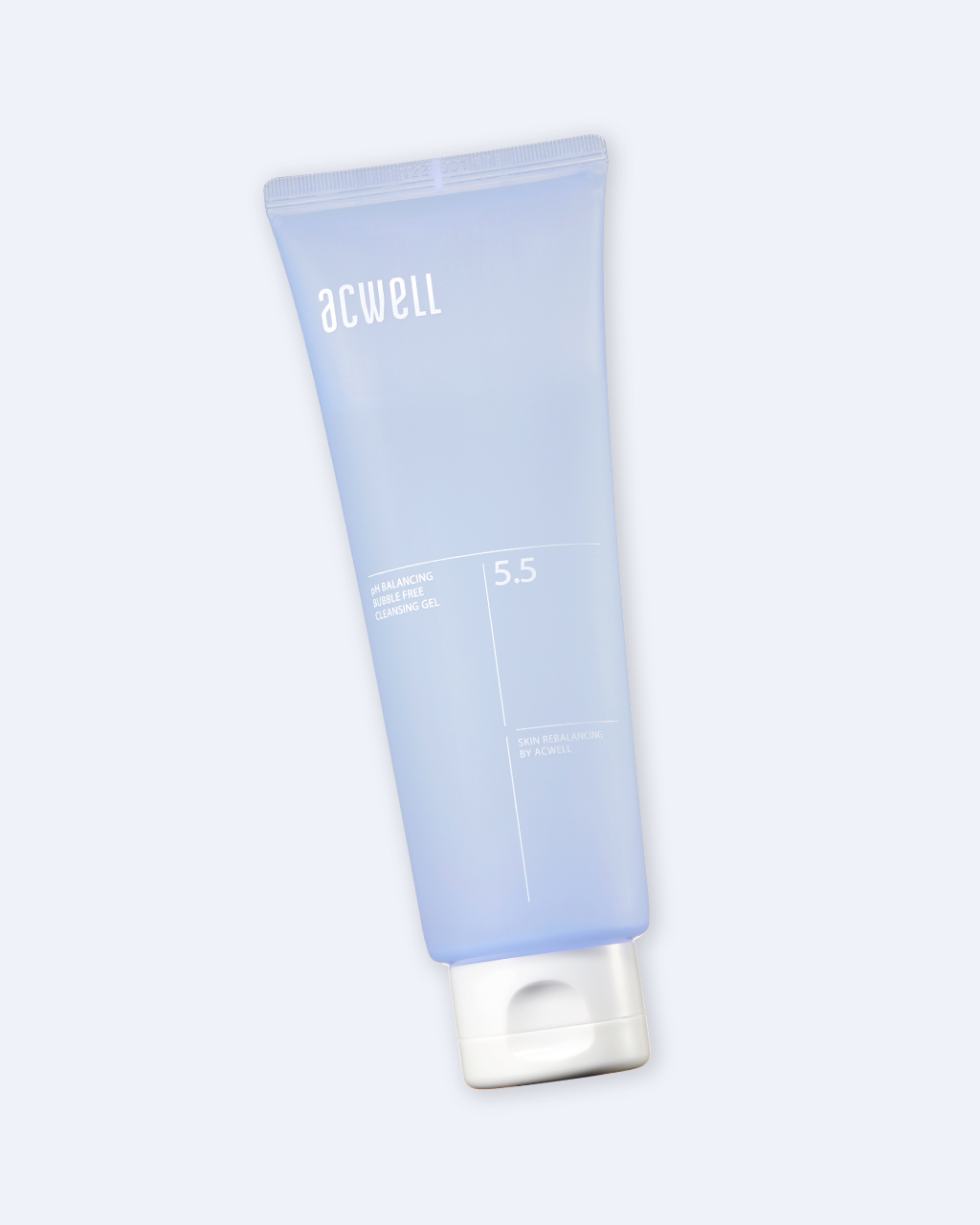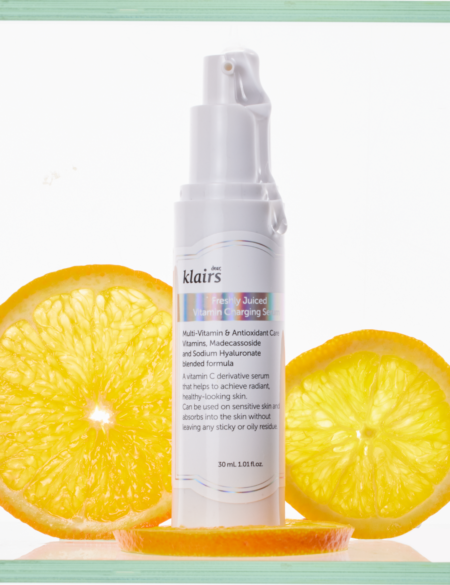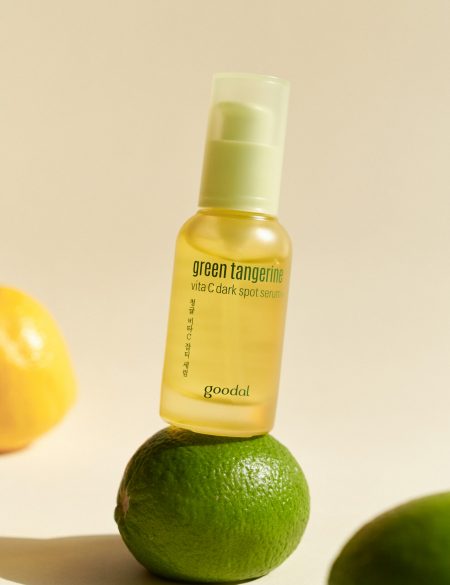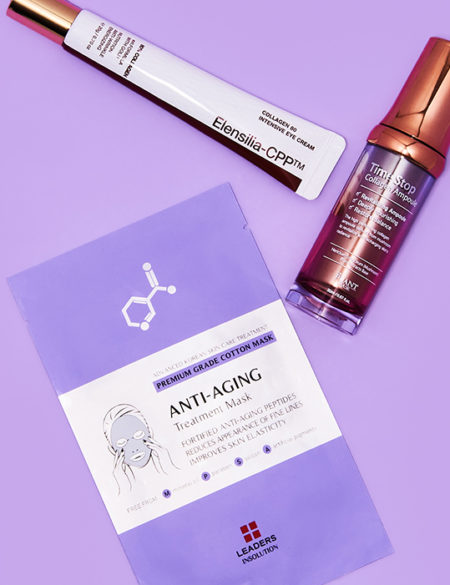What’s the difference between foaming and gel cleansers? And where do cream cleansers fit into this whole mix? Read on to find out.
Are you confused by the crazy amount of options there are when it comes to cleansing? Gel, cream, foaming—what? The skin care world is a vast, all-consuming beast, and while it’s great to have options, sometimes having so many makes it hard to decide what products will work for your skin.
This is especially true when it comes to cleansers. They come in so many different formulations which are geared towards specific skin types. Keep reading to find out what exactly is the difference between foaming, gel, and cream cleansers.
Foaming Cleansers:
Foam cleansers are just that: cleansers that have some sort of foaming, sudsy quality to them. They’re usually suggested for oily and acne-prone skin types since they are meant to deep clean the skin by getting rid of excess oil and sebum, as well as work to uproot any debris stuck in your pores, helping to keep your skin clean and refreshed.
These cleansers often get a bad rep because of a well known ingredient called sodium lauryl sulfate which tends to cause irritation, but if your skin works well with SLS, by all means keep using one with that ingredient. Finding the right cleanser is about figuring out what works for your skin, so instead of sticking to so-called skin care rules, go with how your skin feels.
On the other hand, if your skin is irritated and left feeling dry and tight by rougher surfactants like SLS, then it might just be in your best interest to try out a different cleanser or formula that isn’t so harsh on the skin. If you usually avoid foaming cleansers, there are other surfactants that can be used to bring about that foaming texture in a gentler manner and avoid stripping the skin. For example, the Klairs Rich Moist Foaming Cleanser replaces SLS with a hydrating amino acid rich sudsing agent that help to keep your skin balanced and moisturized after use.
There are a variety of different foam cleansers on the market and while these are usually toted as the perfect cleansers for oily and acne-prone skin, it might be worth it to give one a try as long as you choose a formula that will work for your skin.
Gel Cleansers:
Gel cleansers have a completely different texture from the light and airy one of a traditional foam cleanser. Instead, they have a thick gel consistency that provides a smaller amount of foam and a milder cleanse.
Although they provide a milder cleanser, don’t confuse that with an inefficient one! This just means they cleanse your skin without leaving it feeling stripped. Generally, these are recommended for those with combination or normal skin, but again, this is all relative dependent on how your skin reacts to different formulations.
Just like foam cleansers, gel cleansers come in all different shapes and formulas. The Acwell pH Balancing Bubble Free Cleansing Gel is a unique one in the arena of gel cleansers as this contains a completely bubble-free formula, AKA no sudsing.
Gel formulas revolutionize the idea that people tend to believe you need bubbles to cleanse your skin properly, but that’s not always the case. This cleanser uses centella asiatica, aloe leaf extract, along with witch hazel to hydrate, calm, and brighten skin with every wash. It also contains licorice to further brighten up dull skin. Much like Then I Met You’s Soothing Tea Cleansing Gel, this one is also low pH, which helps to balance the skin and leave it refreshed post-cleanse.
Cream/Milk Cleansers:
Cream and/or milk cleansers avoid the suds altogether and instead give you a creamy formula that mildly cleanses the skin. They’re meant for more sensitive, dry skin types and use natural oils and emulsifiers to cleanse the skin while helping to soothe any redness and inflammation. You’ll want to use these on dry skin, much like you would an oil cleanser, as this helps to increase its cleansing abilities, leaving you with fresh, hydrated skin.
Bottom line:
Trying to find the best cleanser can be a struggle given that there are so many options on the market but hopefully by understanding how each one works it will help you to narrow down your search! Don’t feel limited by one particular cleanser category either as the formula is also extremely important. At the end of the day, it’s all about ingredient lists and personal preference so you can choose what works for you.


